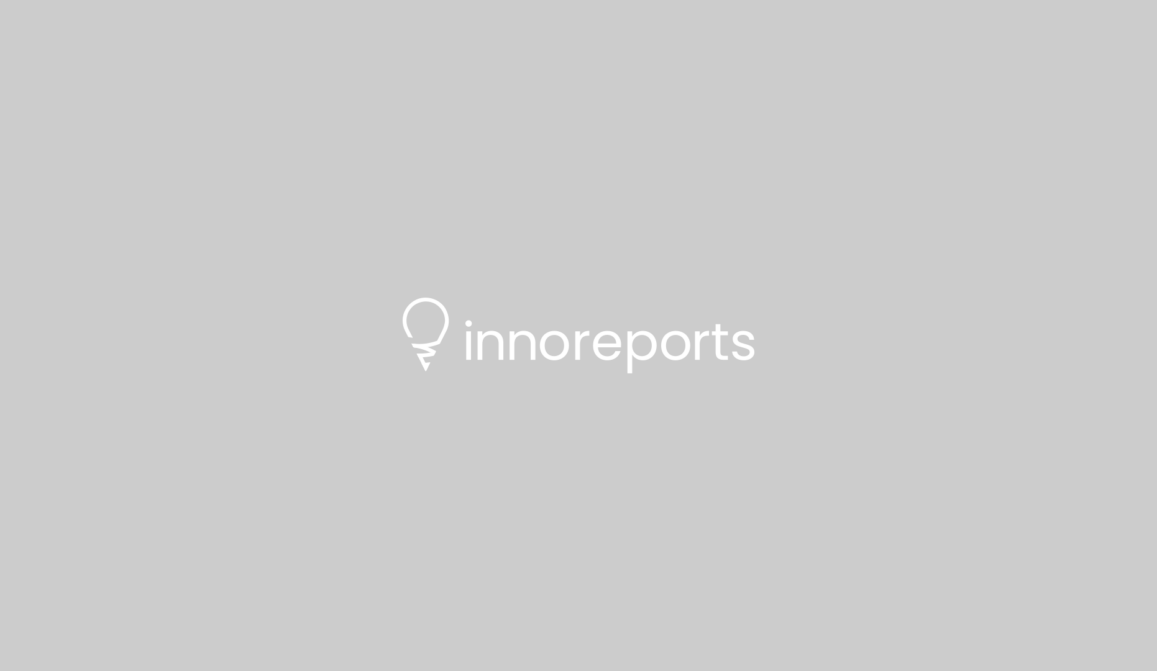
EUREKA Project Enhances Textile Printing for Fashion Industry

European textile printers will now have a better chance to keep up with the speed of today’s fashion industry thanks to a new printing technology developed by EUREKA project E!3285 FACTORY COPRITEX. This new technology hopes to help Europe compete with Asia’s low production costs, making short print runs cheaper and more ecological.
French inkjet specialist Imaje and Dutch textile printing system developer Osiris have developed a continuous inkjet printing method with several advantages over conventional printing methods. Traditional screen printing requires creating several screens, one per colour. These need changing during the printing process, meaning the machine is regularly stopped.
“With inkjet technology you can print most of your clothes in real time and change you patterns on the fly,” says Imaje’s vice president of business development Alain Dunand. Inkjet can be used on difficult fibres, meaning more sophisticated designs can be produced. It is also more environmental because less waste is generated than conventional printing methods. The use of less volumes and colorants is also better for the environment.
The benefits of the new system could give European textile producers a competitive advantage, particularly in the face of competition from Asia. “China is able to produce at a lower price level,” says Osiris’ Chief Executive Officer Haje van Wesen. “We are getting closer to those price levels, but China cannot supply the time-to-market that we can.
If you have a design, you could have a print on a piece of fabric within two hours, so you could walk out with a blouse within a few weeks”. Osiris is now in talks with major European printers who may be interested in buying the printing system. Its aim is to place the existing printing line with a customer by the spring. Then, the technology could be sold to other printers afterwards.












